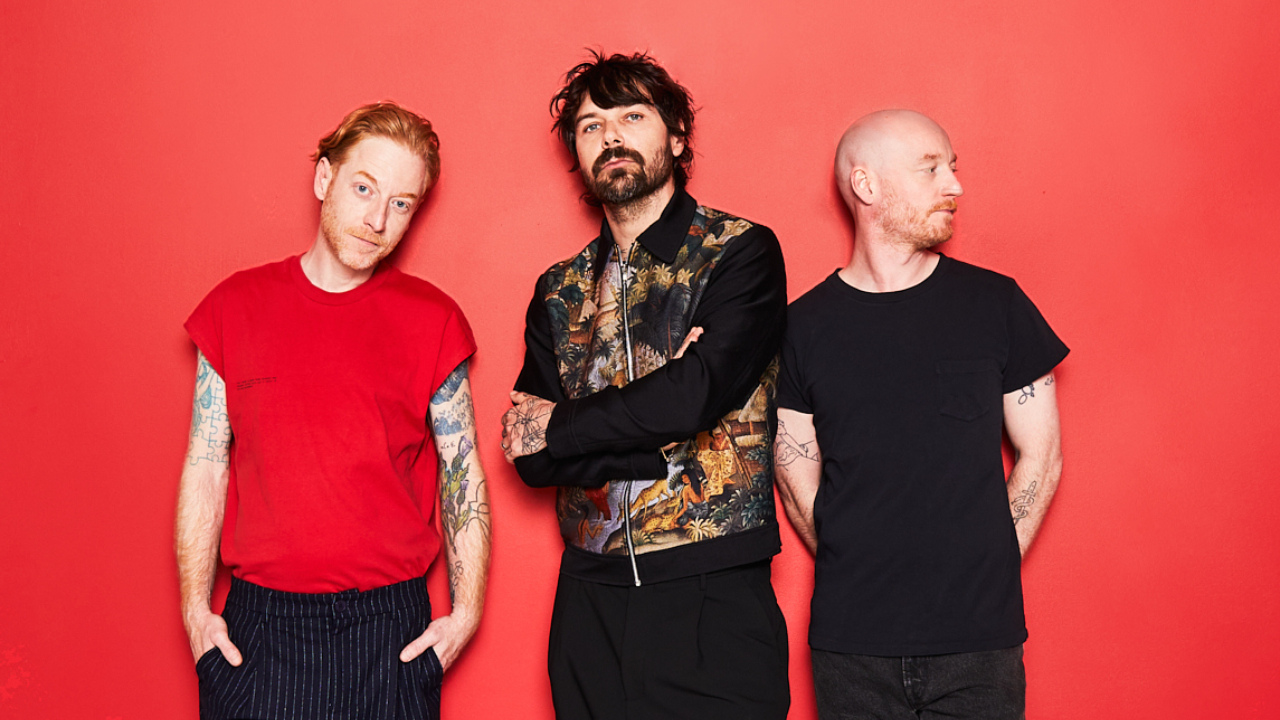The butcher cover: the story of The Beatles' most controversial sleeve art
Draped with raw meat, dismembered doll parts and false teeth, this was a more maniacal version of the loveable moptops

Having spent the first half of their career being airbrushed for mass appeal, in 1966 The Beatles started to put noses out of joint on a grand scale. First there was Lennon’s ‘bigger than Jesus’ quote. A few months later came the notorious – and quickly aborted – cover of 1966’s odds-and-sods album for the US market, Yesterday And Today.
For the latter, Robert Whitaker can take both the credit and the criticism. As the Beatles’ favoured photographer since a chance meeting in Australia in 1964, he was trusted by the band, and sufficiently confident to make bolder suggestions than the standard ‘four-in-a-row’ photo shoot when they arrived at his Chelsea studio on March 25, 1966.
That day, with Lennon bored of straight poses and keen to push the boundaries, Whitaker pitched what has become known as the ‘butcher’ cover.

“It was my idea,” he told Goldmine magazine. “It was part of three pictures, and if the trilogy had ever come together it would have made sense.”
Collectively dubbed A Somnambulant Adventure, Whitaker’s trilogy was intended to pass comment on stardom and adulation; the concept that for all their fame, The Beatles were just as human as anyone else.
Viewed out of context and without explanation, though, the butcher shot was simply harrowing. Dressed in white coats and draped with raw meat, dismembered doll parts and false teeth, the four Beatles grin manically into the lens, creating a mood that’s somewhere between jovial and macabre.
Whitaker has always maintained that he wasn’t trying to offend, and also that he wasn’t aware that Capitol Records would use the shot.
Sign up below to get the latest from Classic Rock, plus exclusive special offers, direct to your inbox!

“I wanted to do a real experiment,” he said in 1966. “People will jump to wrong conclusions about it being sick, but the whole thing is based on simplicity – linking four very real people with something real.”
Quite how the butcher photo became the cover of Yesterday And Today is unclear. It is thought that Lennon pushed for it to be used. The reaction to the original batch of US pressings was white-hot outrage, prompting the label to immediately recall all 750,000 copies.
A more benign shot of the Beatles sitting in a packing trunk (above) was hastily pasted over the offending cover on existing copies, and the ‘butcher’ cover was never officially printed again, although bootleg reproductions are readily available.
It has, like most banned album sleeves, become a collectors item. "First state" covers, which feature the original artwork, without the replacement photo, regularly sell for several hundred dollars on Discogs, with mint condition sealed copies fetching tens of thousands. "Second state" covers - which feature the pasted-over pictures – are also highly collectable. And in 2019, John Lennon's own copy of the album, signed by him, Paul and Ringo, sold for £179,000 at auction.
SOLD for £179,200! A Yesterday and Today album (1966) a U.S. First State Butcher, owned and signed by John Lennon with original artwork and addtl signatures! Sold today in our Music Icons: The Beatles auction! https://t.co/ahsXX38A8G #TheBeatles #Memorabilia #Auction #JohnLennon pic.twitter.com/Ujz8CIYDKyMay 9, 2019
Classic Rock is the online home of the world's best rock'n'roll magazine. We bring you breaking news, exclusive interviews and behind-the-scenes features, as well as unrivalled access to the biggest names in rock music; from Led Zeppelin to Deep Purple, Guns N’ Roses to the Rolling Stones, AC/DC to the Sex Pistols, and everything in between. Our expert writers bring you the very best on established and emerging bands plus everything you need to know about the mightiest new music releases.

